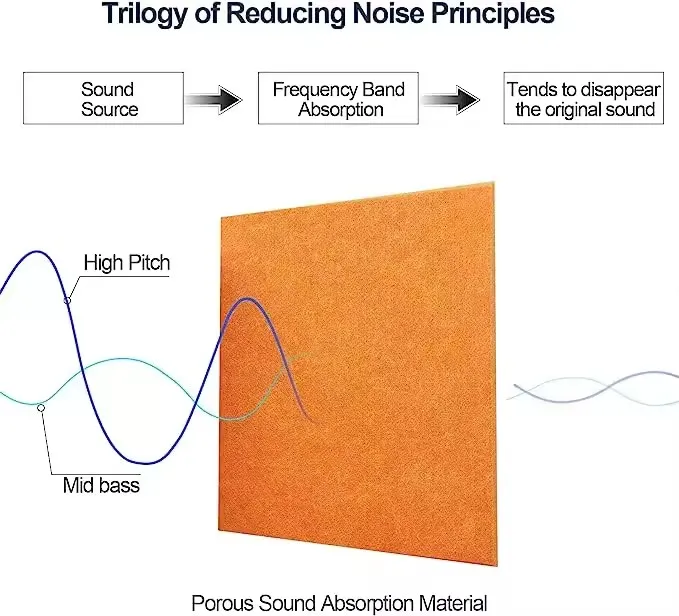Building Acoustic Panels A Guide to Sound Control in Your Space
In today's world, where noise pollution is an ever-increasing concern, the need for effective sound control solutions is more critical than ever. Whether in residential spaces, recording studios, offices, or public venues, the quality of sound significantly impacts our comfort, productivity, and overall well-being. One of the most effective ways to manage sound is through the installation of acoustic panels. This article aims to guide you through the process of building and installing your own acoustic panels, ensuring optimal sound absorption and aesthetic appeal.
Understanding Acoustic Panels
Acoustic panels are specialized sound-absorbing materials designed to reduce echo and reverberation in a space. They are commonly used to control background noise, improve speech intelligibility, and create a more pleasant auditory environment. Acoustic panels work by absorbing sound waves, converting them into small amounts of heat through friction. Fabrics and porous materials are often used for their sound-absorbing properties, making them an essential component in various applications.
Choosing the Right Materials
Building your own acoustic panels allows you to customize them to fit your aesthetic preferences while targeting specific acoustic issues. The first and most critical step is selecting the right materials. Typically, acoustic panels consist of a core material that is surrounded by a sound-absorbing fabric.
1. Core Materials Commonly used core materials include - Fiberglass Known for its excellent sound absorption capabilities, fiberglass panels are lightweight and easy to handle. They come in various densities and thicknesses, allowing for better customization. - Foam Acoustic foam panels are lightweight and provide effective sound absorption, especially in mid to high-frequency ranges. They are often found in studios and home theaters. - Rockwool Rockwool boards are dense and have excellent sound absorption properties. They are fire-resistant, making them suitable for various applications.
2. Fabric Choose a fabric that complements your space while ensuring it is acoustically transparent. Burlap, polyester, or any breathable fabric can work well. Avoid using vinyl or plastic, as these materials can reflect sound rather than absorb it.
Building Acoustic Panels
Once you have chosen your materials, the next step is to assemble your acoustic panels
. Here’s a simple guide to building your ownMaterials Needed - Acoustic core material (fiberglass, foam, or rockwool) - Fabric of your choice (ensure it’s breathable) - Wooden frame or plywood - Staple gun or adhesive - Measuring tape - Utility knife
building acoustic panels

Steps
1. Measure and Cut Determine the size of the panels you wish to create. Common dimensions are 2 feet by 4 feet or 2 feet by 2 feet. Use a utility knife to cut your core material to the desired dimensions.
2. Build a Frame (Optional) If you want a more finished look, construct a wooden frame to hold the acoustic material. Cut the wood to size and assemble it into a rectangle or square, depending on your design.
3. Attach the Core Material Place your acoustic core material inside the frame or onto the plywood backing. Ensure it fits snugly without gaps.
4. Wrap the Fabric Lay the fabric face down on a flat surface and place the framed core material on top. Pull the fabric tightly around the edges and staple it onto the back of the frame or plywood. Make sure to keep the fabric smooth and taut.
5. Finish Trim any excess fabric and ensure that all edges are neatly stapled or glued down. Your panel is now ready for installation!
Installation
The placement of your acoustic panels is crucial for maximum effectiveness. Identify areas in your room where sound reflections and echoes are problematic, such as walls opposite sound sources or corners. Mount the panels using brackets, adhesive strips, or screws, positioning them at ear level (approximately 3-5 feet from the floor) for the best results.
Conclusion
Building your own acoustic panels is a cost-effective and fulfilling way to enhance the sound quality in your space. By understanding the materials and techniques involved, you can create panels tailored to your specific needs and aesthetic preferences. Not only will these panels improve the auditory experience, but they will also contribute to a more serene and comfortable environment. Whether you are a DIY enthusiast or simply seeking to upgrade your space, acoustic panels are an excellent solution for sound control.
